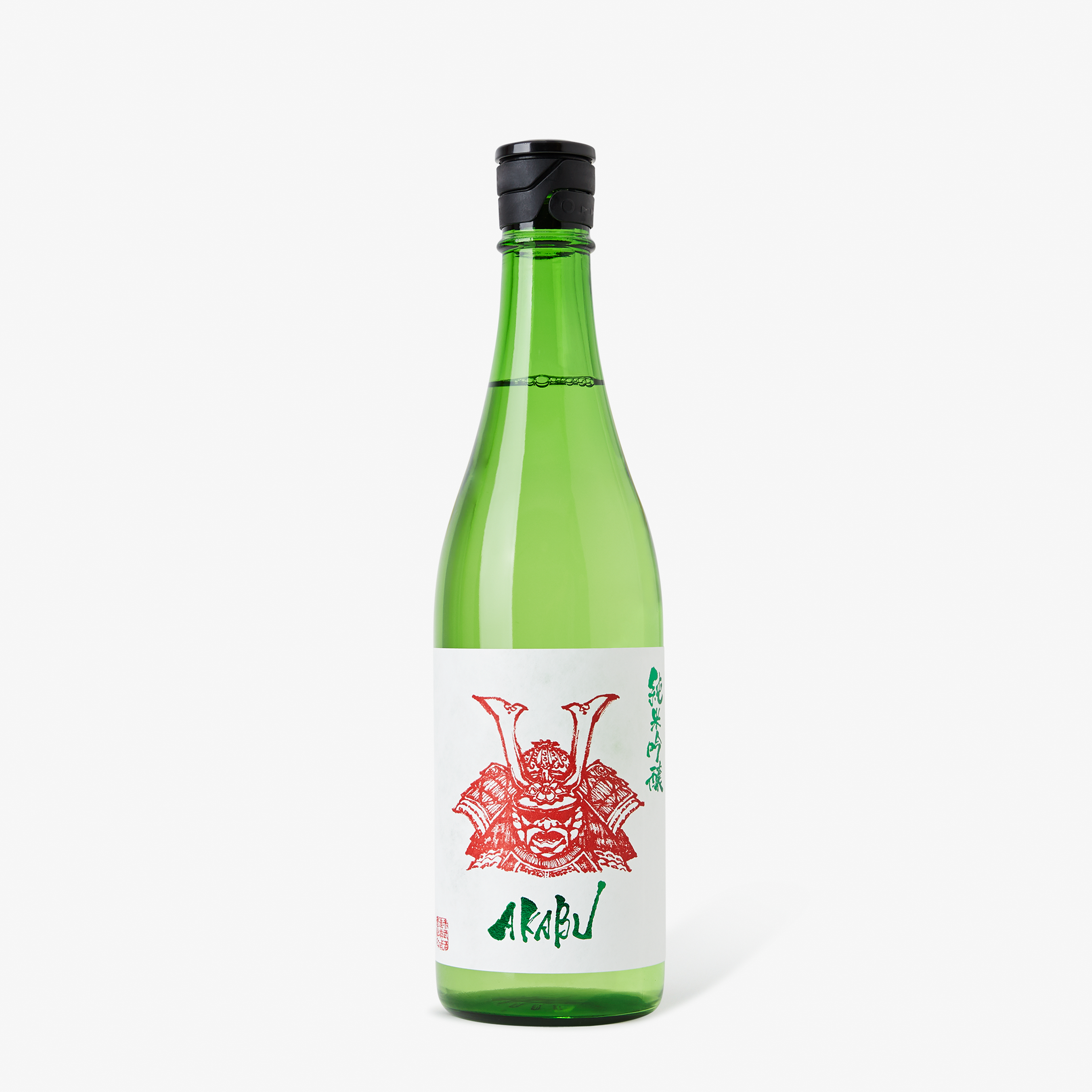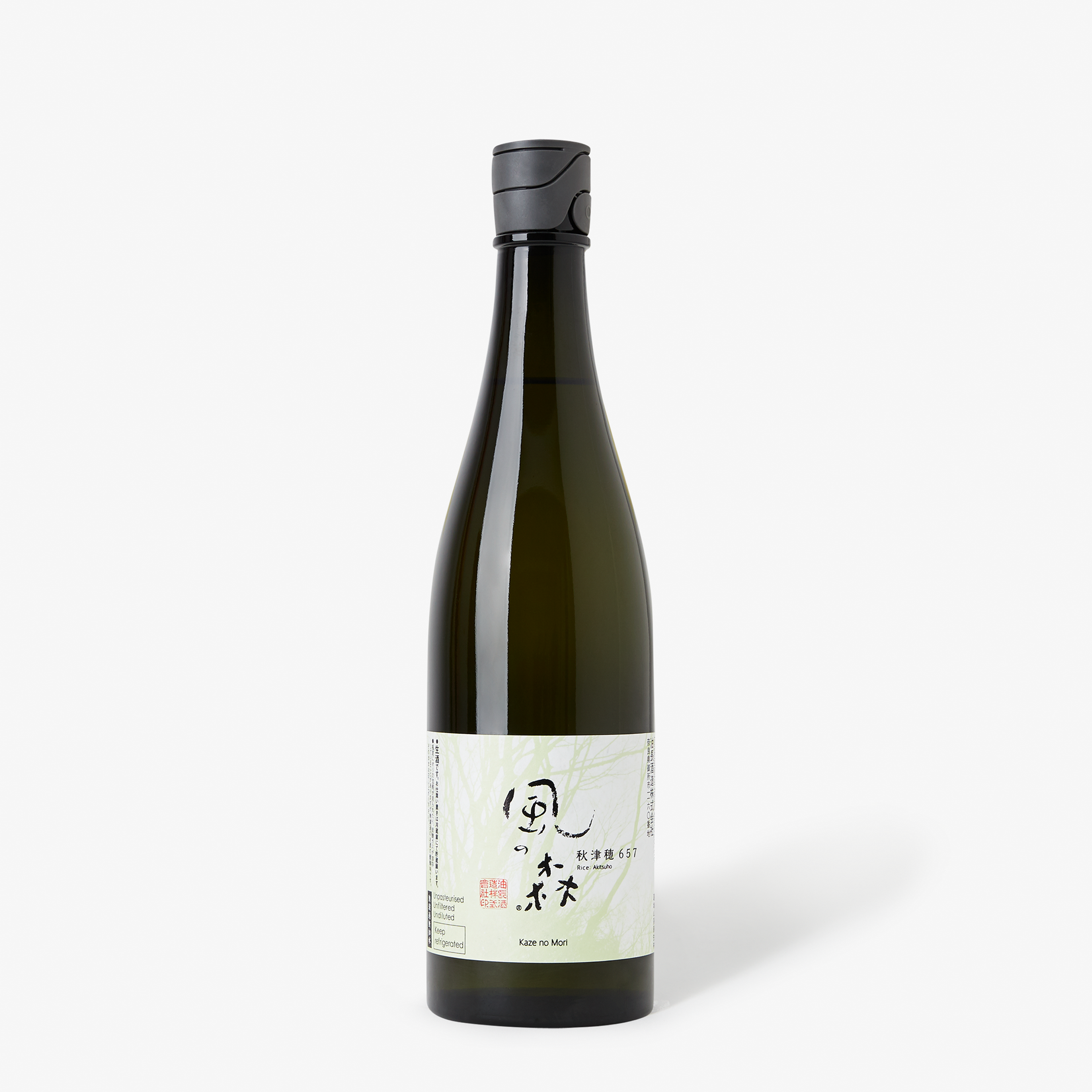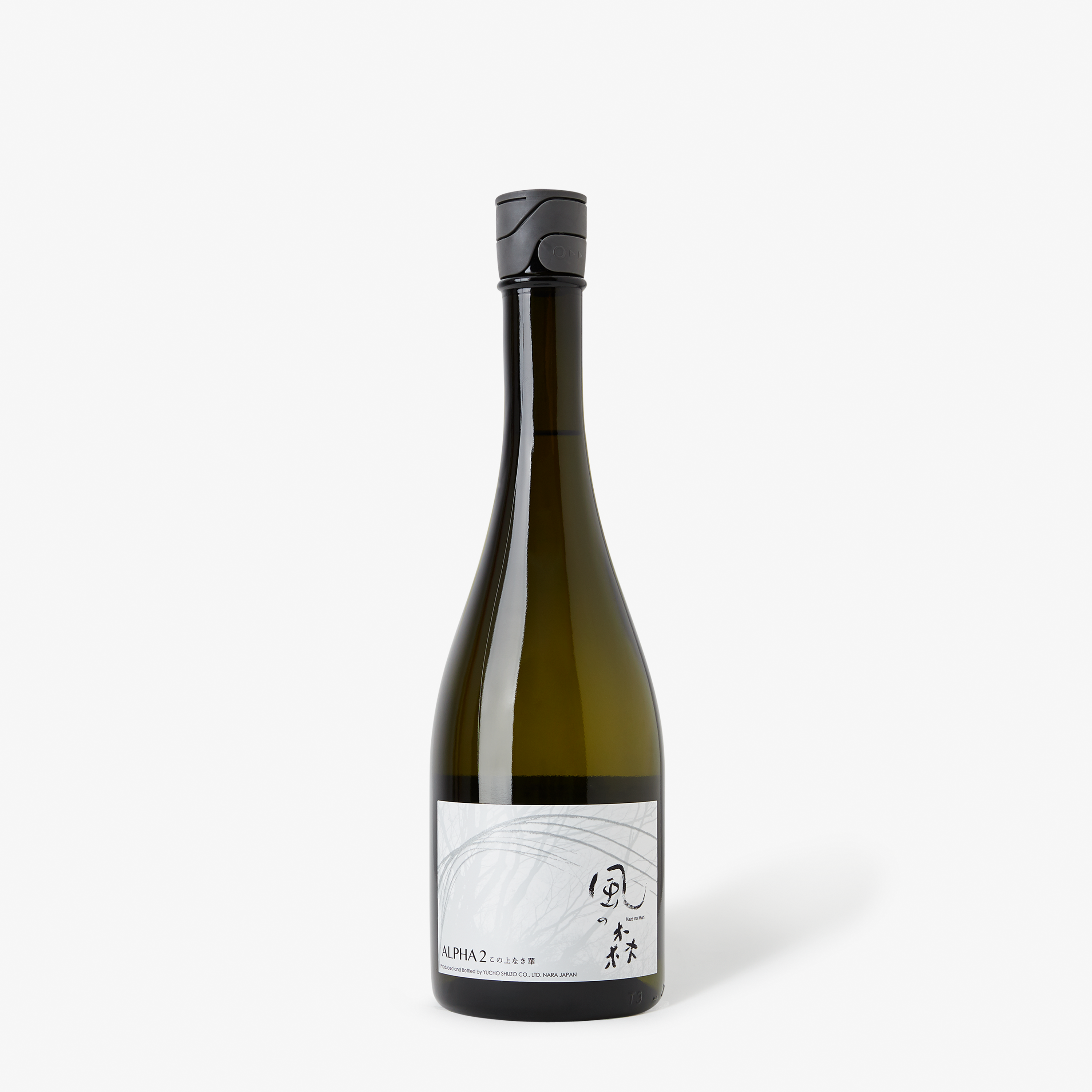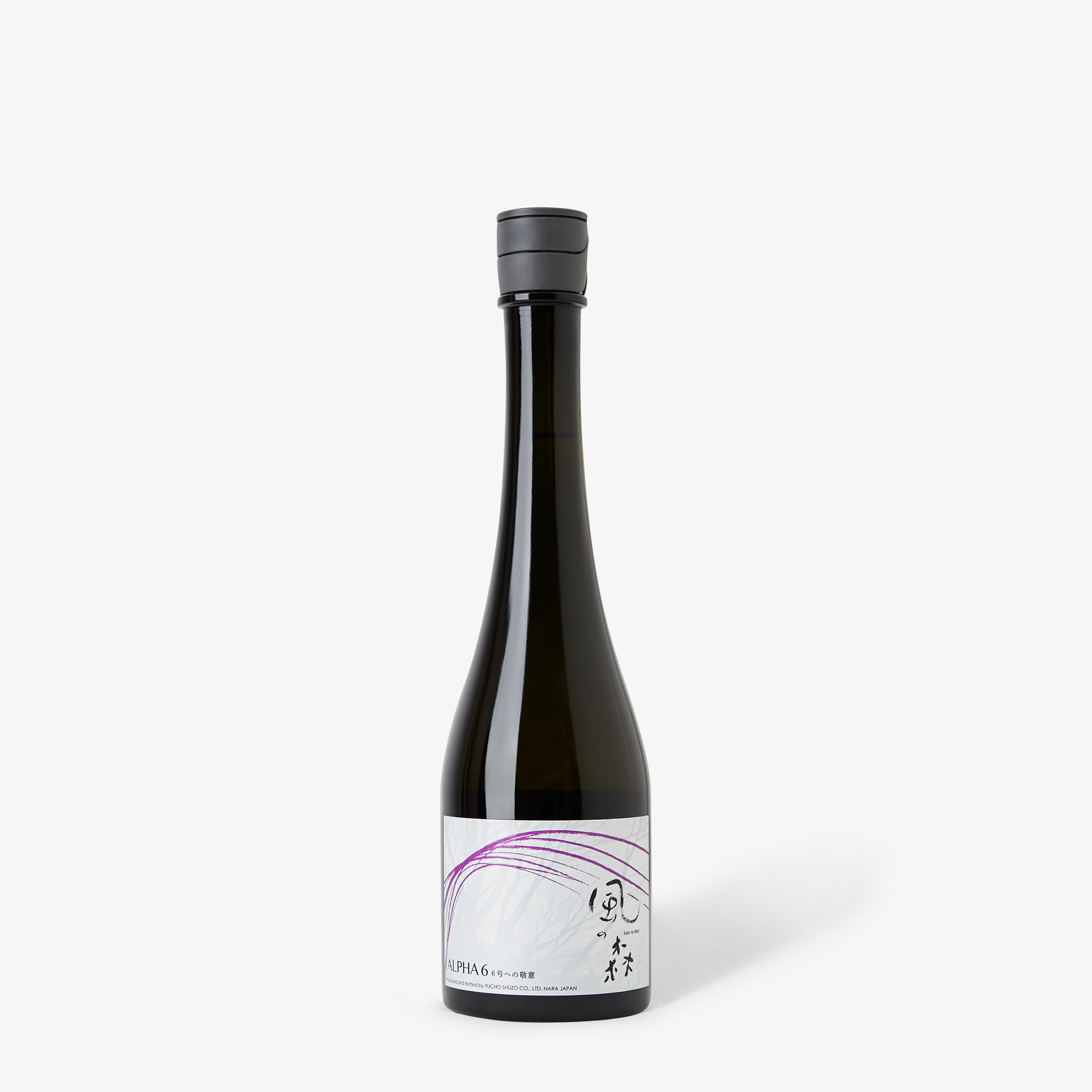Sake Glossary
Futsu-shu
Honjozo
Ginjo
Daiginjō
Junmai
Junmai Ginjō
Junmai daiginjō
Bodai-moto
Craft Sake
Doburoku
Funa-shibori
Fukuro-shibori
Genshu
Gohyagokuman-goku
Guinomi
Isshōbin
Kan-zake
Karakuchi
Katakuchi
Kijoshu
Kimoto
Kire
Kōbo
Kōji
Koshu
Kura
Kura-bito
Kura-moto
Masu
Moromi
Muroka
Nama
Nigori
Ochoko
Omachi
Sakezuki
Shinpaku
Shubo
Sokujo-moto
Toji
Tokkuri
Tokubetsu
Yabuta-shibori
Yamada-nishiki
Yamahai
Yon-go-bin




